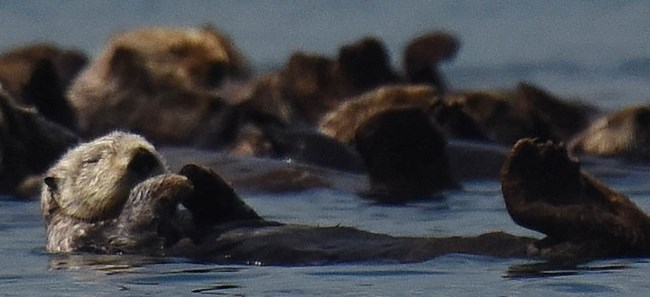Last updated: June 4, 2020
Article
Developing Optimal Survey Designs for Sea Otters

Monitoring dynamic spatio‐temporal ecological processes optimally
Abstract
Population dynamics vary in space and time. Survey designs that ignore these dynamics may be inefficient and fail to capture essential spatio‐temporal variability of a process. Alternatively, dynamic survey designs explicitly incorporate knowledge of ecological processes, the associated uncertainty in those processes, and can be optimized with respect to monitoring objectives. We describe a cohesive framework for monitoring a spreading population that explicitly links animal movement models with survey design and monitoring objectives. We apply the framework to develop an optimal survey design for sea otters in Glacier Bay. Sea otters were first detected in Glacier Bay in 1988 and have since increased in both abundance and distribution; abundance estimates increased from 5 otters to >5,000 otters, and they have spread faster than 2.7 km/yr. By explicitly linking animal movement models and survey design, we are able to reduce uncertainty associated with forecasting occupancy, abundance, and distribution compared to other potential random designs. The framework we describe is general, and we outline steps to applying it to novel systems and taxa.
Williams, P. J., M. B. Hooten, J. N. Womble, G. G. Esslinger, and M. R. Bower. 2018. Monitoring dynamic spatio-temporal ecological processes optimally. Ecology 99(3):524-435.
